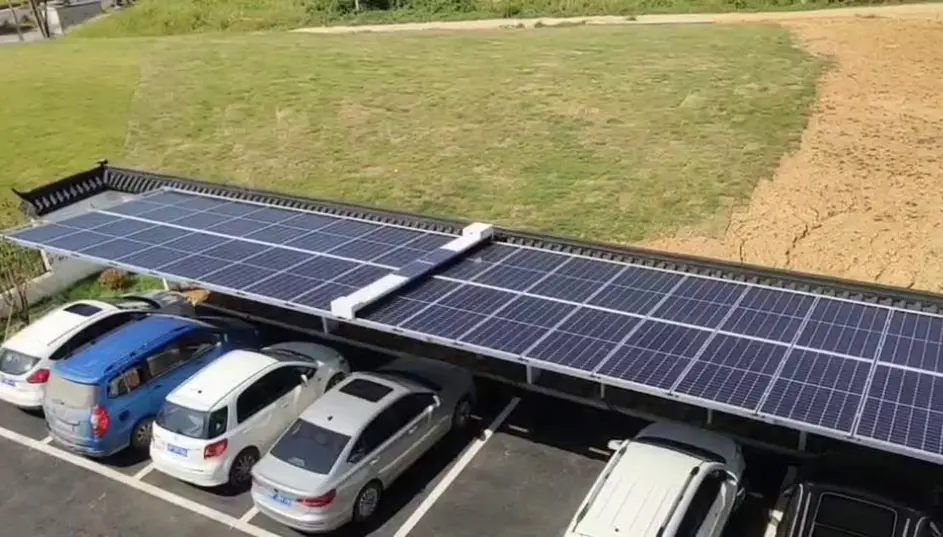For stubborn stains such as bird droppings, a combination of water and cleaners, combined with manual or vehicle cleaning methods, works best.
Each cleaning method has its advantages and disadvantages.

Water cleaning of solar panels has several limitations. For example, in cold weather, water use can cause ice formation, which can damage solar panels. In addition, it is easy to damage the glass surface of the panel by using a high-pressure water gun. In desert areas, frequent dust problems mean that cleaning with water causes airborne dust and sand to adhere to solar panels, making them harder to clean.
Using anhydrous robots to clean solar panels eliminates the need for manual labor, saves water resources, and minimizes the risk of damaging solar panels. It also solves the problems associated with cleaning vehicles that are bulky, ensuring a more uniform cleaning. The robotic cleaning approach saves time and effort and can be controlled remotely or operated from a back-end system, allowing customized cleaning schedules.
Anhydrous cleaning can save a lot of water
The solar semi-automatic robot hybrid cleaning can save 87.5% of water resources for the power plant. A fully automatic dry cleaner can save more than 60,000 liters of water per 1 MW solar panel.

If you choose to wash with water, follow these steps:
Be sure to turn off the power. Personal safety is a priority when maintaining solar panels.
Use calcium-free water. Water from faucets or hoses is often considered “high mineral water” because minerals can leave deposits, stains, and limescale on solar panels. This accumulation can reduce the energy output of the solar panel and cause catastrophic damage to your system. To mitigate the effects of hard water, consider using a domestic water softener throughout your plumbing system.
Do not use cold water on the hot plate. Your solar panels can reach incredibly high temperatures in the sun, which can cause problems if washed with cold water. Heating a solar panel with cold water may crack the tempered glass and invalidate the solar panel’s warranty.
Use mild cleaning materials. The best way to clean a solar panel is to use a bucket of water, a wear-free sponge, and mild soap mixed into soapy water after the panel cools. Avoid abrasives or chemicals that contain bleach or irritants, as these peel away the protective coating from the panel, reducing its effectiveness and potentially causing permanent damage. It may damage anti-reflection coating, EVA layer, toughened glass and other materials.
Avoid high pressure water jets. High pressure water flow can damage the sensitive surface of the panel, causing scratches and reducing its efficiency.
By following these guidelines, you can ensure proper maintenance and longevity of your solar panels while minimizing potential risks.